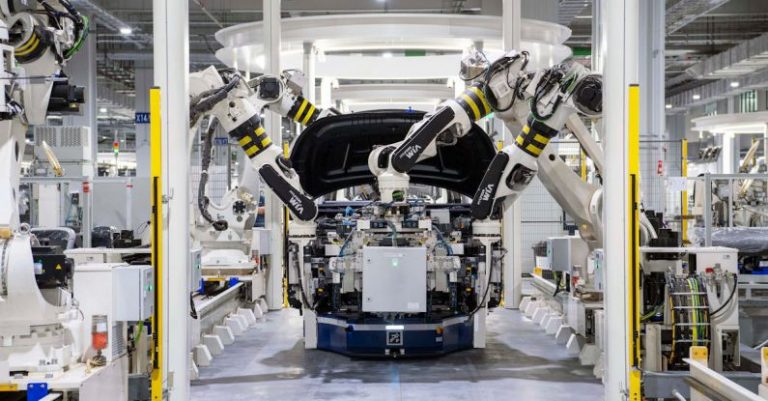
In today’s rapidly evolving business landscape, automation has become a prevalent force transforming the way organizations operate. As technology continues to advance, the integration of automation solutions in various industries has significantly impacted workforce efficiency. From streamlining repetitive tasks to enhancing productivity, the influence of automation on the workforce cannot be understated. This article delves into the key ways in which automation impacts workforce efficiency, exploring the benefits and challenges associated with this technological shift.
Enhanced Productivity through Task Automation
One of the primary benefits of automation in the workplace is the ability to streamline repetitive and time-consuming tasks. By automating routine processes such as data entry, report generation, and email responses, employees can allocate their time and energy towards more strategic and value-added activities. This not only increases productivity but also reduces the likelihood of errors that may occur in manual tasks. With automation handling mundane tasks, employees can focus on high-priority projects that require critical thinking and creativity.
Improved Decision-Making with Data Analytics
Automation enables organizations to collect and analyze vast amounts of data in real-time, providing valuable insights that can drive informed decision-making. By leveraging data analytics tools, businesses can identify patterns, trends, and opportunities that may have otherwise gone unnoticed. This empowers leaders to make data-driven decisions that are backed by evidence and analysis, leading to more efficient and effective strategies. Automation not only accelerates the data analysis process but also enhances the accuracy and reliability of the insights generated.
Efficient Resource Allocation and Workforce Planning
Automation plays a crucial role in optimizing resource allocation and workforce planning within organizations. By automating scheduling, task assignments, and performance tracking, businesses can ensure that resources are utilized efficiently and effectively. Automation tools can help match the right skill sets to specific tasks, leading to improved productivity and performance. Additionally, automation can assist in forecasting future workforce needs based on data trends, enabling proactive workforce planning and recruitment strategies.
Seamless Collaboration and Communication
Automation tools facilitate seamless collaboration and communication among team members, regardless of geographical locations. With the rise of remote work and distributed teams, automation technology enables employees to connect, share information, and collaborate in real-time. From project management platforms to messaging applications, automation enhances communication channels, promotes transparency, and fosters a culture of teamwork. By automating communication processes, organizations can ensure that information flows smoothly across departments and teams, leading to increased efficiency and productivity.
Challenges and Considerations in Implementing Automation
While automation offers numerous benefits in terms of workforce efficiency, there are challenges and considerations that organizations must address when implementing automation solutions. One of the key challenges is the resistance to change among employees who may fear that automation will replace their jobs. It is essential for organizations to communicate transparently with employees about the purpose and benefits of automation, emphasizing that automation is meant to enhance, not replace, human work.
Another challenge is the initial investment required to implement automation technologies and the need for ongoing training and upskilling of employees to effectively use these tools. Organizations must carefully assess their automation needs, evaluate the potential return on investment, and provide adequate training and support to ensure successful adoption and integration of automation solutions.
Embracing the Future of Work through Automation
As automation continues to reshape the workforce, organizations must embrace this technological shift as an opportunity to enhance efficiency, productivity, and innovation. By leveraging automation tools strategically and thoughtfully, businesses can empower their employees to focus on high-value tasks, make data-driven decisions, optimize resource allocation, and foster collaboration and communication. While challenges may arise in the adoption of automation, the benefits far outweigh the risks, paving the way for a more efficient and effective workforce.
In conclusion, automation has become a driving force in transforming the way organizations operate, impacting workforce efficiency in profound ways. By harnessing the power of automation, businesses can unlock new opportunities for growth, productivity, and collaboration, setting the stage for a more agile and competitive workforce in the digital age.





